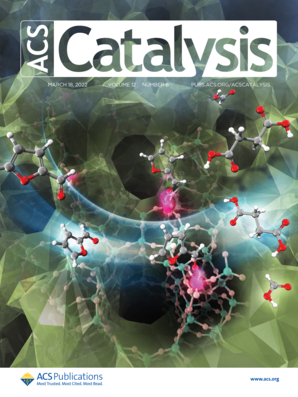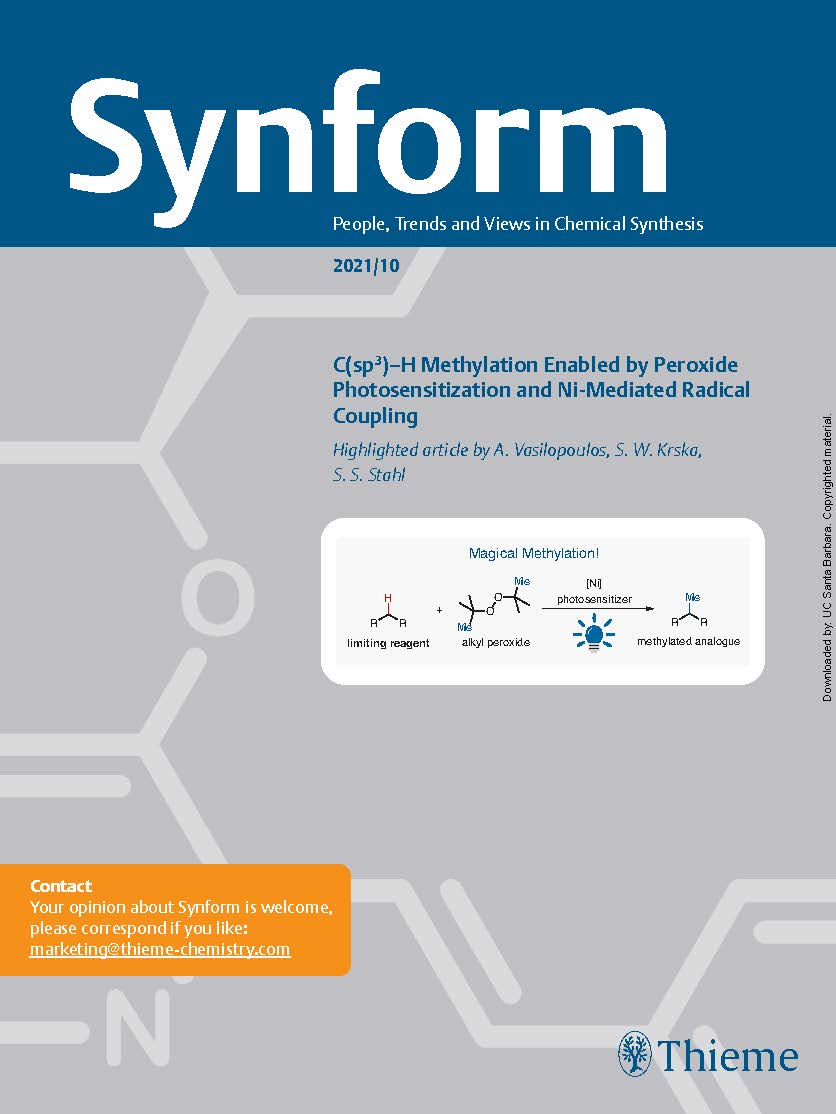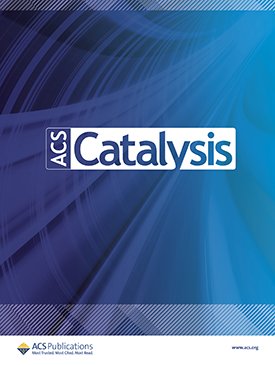
To Err is Human; To Reproduce Takes Time
Susannah L. Scott*, T. Brent Gunnoe, Paolo Fornasiero, and Cathleen M. Crudden. "New Uses for Recycled Carbon: Converting Waste Polyethylene into Alkylaromatics", ACS Catal. 2022, 12, 6, 3644–3650
A looming fossil energy crisis inspires an urgent, world-wide effort to develop alternative energy technologies. The high efficiency and distributed nature of electrochemical energy conversion, particularly water splitting, hold tremendous appeal. Academic electrochemists investigate heavy water electrolysis at room temperature and atmospheric pressure. Wary of being scooped by competitors, they apply for a patent based on their striking results and hold a press conference. The media speculate eagerly that the discovery may represent a virtually unlimited source of clean energy.

New Uses for Recycled Carbon: Converting Waste Polyethylene into Alkylaromatics
Fan Zhang, Manhao Zeng, Yu-Hsuan Lee, Anne LaPointe, Ryan Yappert, Jiakai Sun, Baron Peters, Mahdi Abu-Omar, Susannah Scott. "New Uses for Recycled Carbon: Converting Waste Polyethylene into Alkylaromatics", Synform. 2021, 53, (07), A51–A54
Professor Susannah Scott from the University of California, Santa Barbara (USA) explained that the widespread adoption of plastic, driven by its low cost of production and robustness, has led to increasingly visible pollution of the natural environment. Her group is interested to find new and economically interesting ways for polyolefin recycling.

Excellence versus Diversity? Not an Either/Or Choice
Silvia Bordiga, Sukbok Chang, Jingguang Chen, Cathleen Crudden, Abhishek Dey, Paolo Fornasiero, T. Brent Gunnoe, Christopher W. Jones*, Suljo Linic, Ding Ma, Feliu Maseras, Takashi Ooi, Beatriz Roldán Cuenya, Philippe Sautet, Susannah L. Scott, Vojislav Stamenkovic, Ye Wang, Tehshik P. Yoon, and Huimin Zhao. "Excellence versus Diversity? Not an Either/Or Choice", ACS Catal. 2020, 10, (13), 7310–7311
A recently published essay lamented a perceived negative impact on chemistry associated with diversification of the work force. The contribution also made disparaging comments about research carried out in specific countries. That contribution, coupled with the great evidence of broader societal discrimination and prejudice against minorities of all types, in many different contexts, compelled the unusual step of ACS Catalysis crafting a statement from our editorial team.
The Burden of Disproof
Susannah L. Scott. "The Burden of Disproof", ACS Catal., 2019, 9, 4706-4708.
A feature that distinguishes ACS Catalysis from other journals containing the word “catalysis” in their titles is our intentional focus on fundamental or conceptual insight into catalytic phenomena. This criterion is stated in our instructions to both authors and reviewers. In many of the papers that we publish, insight emerges from investigations into how a catalytic reaction proceeds at a molecular level, in other words, the reaction mechanism. Why is this information so important to ACS Catalysis and to catalysis science in general? The most powerful advances in our field are often those that improve our ability to make predictions about catalyst performance (activity, selectivity, productivity). In general, as our fundamental understanding of a chemical reaction becomes more complete, the range of accurate predictions becomes broader. This Editorial discusses the question of what constitutes evidence for a catalytic mechanism, as well as how mechanisms should be evaluated.
A Matter of Life(time) and Death
Susannah L. Scott. "A Matter of Life(time) and Death", ACS Catal., 2018, 8, 8597-8599.
The three “virtues” of catalyst performance are activity, selectivity, and productivity (the last of these being related to catalyst lifetime). In Murzin’s textbook “Engineering Catalysis”,(1) they are called the “trinity of catalysis”. Activity is usually the metric of highest interest to academic researchers (although in practice it is often straightforward to compensate for low activity simply by increasing the amount of catalyst in the reactor and/or the reaction temperature). For industry practitioners, the selectivity and productivity metrics are often more important. Low selectivity implies wasted raw materials and the need for costly, energy-intensive product separations, while a need for frequent catalyst replacement/regeneration results in lost production time. Loss of activity is not the only reason to perform catalyst change-out: increased pressure drop due to fines generation or catalyst breakage may necessitate replacement long before a decline in catalyst performance requires it.
Superlative Scientific Writing
Susannah L. Scott and Christopher W. Jones. "Superlative Scientific Writing", ACS Catal. 2017, 7, 2218-2219.
Publication in peer-reviewed journals serves to disseminate scientific findings, while certifying them (via peer-review) and archiving them for future use.(1) It also documents authors’ claims for the precedence of their ideas and provides crucial recognition that advances their careers. In 2014, there were over 34 000 peer-reviewed academic journals.(1) Nevertheless, the demand for space, particularly in the leading journals of each field, has become intense: the number of individual authors vying for this space worldwide is increasing at a rate of about 3% per year. The total number of published research articles (as recorded by Scopus) is growing even faster: over 6% per year, based on the increase from 1.3 million to 2.4 million in the decade from 2003 to 2013.(2) To manage the deluge, many selective journals, including ACS Catalysis, have adopted an editorial triage process to identify papers that are likely to fare well in their peer-review process. Referees are then asked to assess the novelty or potential impact, in addition to the scientific soundness, of the work that is selected for review. In this hypercompetitive environment, how are authors to increase their chances of having their papers reviewed and eventually published?